Meadows and hedgerows. Grassland management for lawns, glades, orchards and fields.
An experienced field botanist and ecologist with many years experience of maintaining gardens and landscapes, Gareth can provide both expert advice and practical help in creating and managing grasslands for wildlfowers.
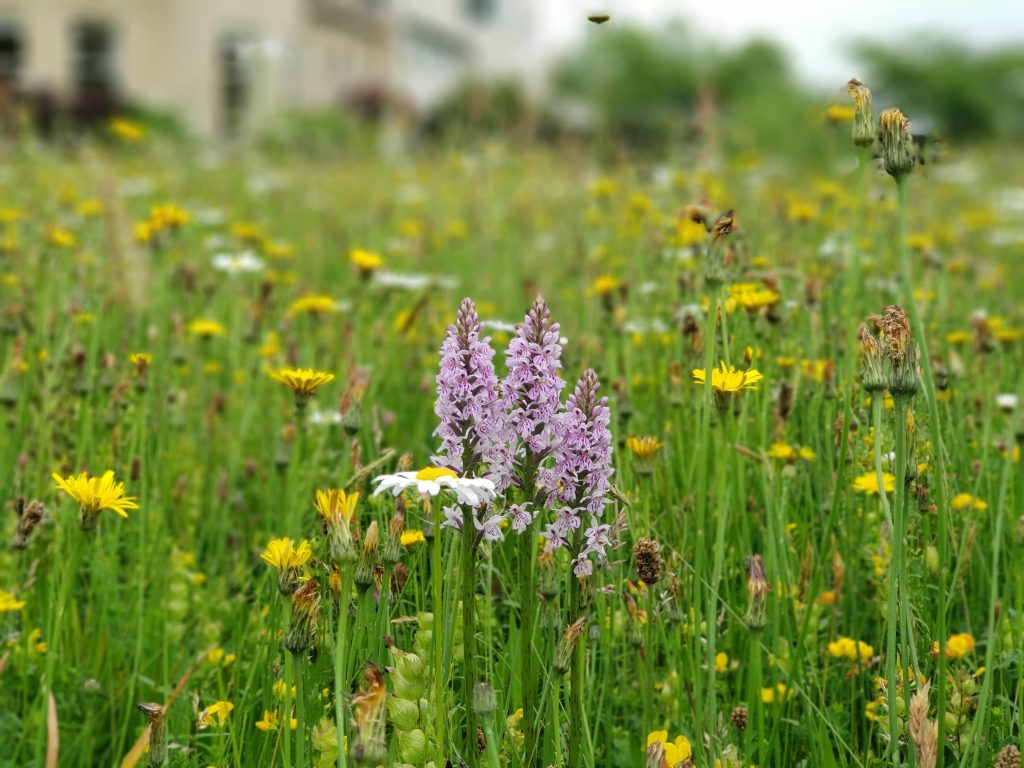
Brushcutters, mowers, tractors, leaf-blowers, rakes and pitchforks, an armoury of tools for the job. Wildflower meadows continue to be popular features, either as part of the garden itself or maybe a roadside verge, grassy bank, orchard or field. Tall herb flood meadows or chalk grassland or lowland neutral grassland. Every site will have its unique features: not least the resources available for meadow management: size, access, mechanical and financial constraints.
Gareth can draw up a suitable management plan for individual sites but the standard approach follows the traditional meadow management regime of:
- An early summer flowering of grasses and wildflowers
- Mid or late summer cut – remove all the cuttings
- Late summer mow or graze – or late summer second crop
Depending on the scale of the operation and the resources available:
- local farmer/contractor with hay making equipment
- gardeners with brushcutters, rakes and pitchforks
- a mini baler or haystacks
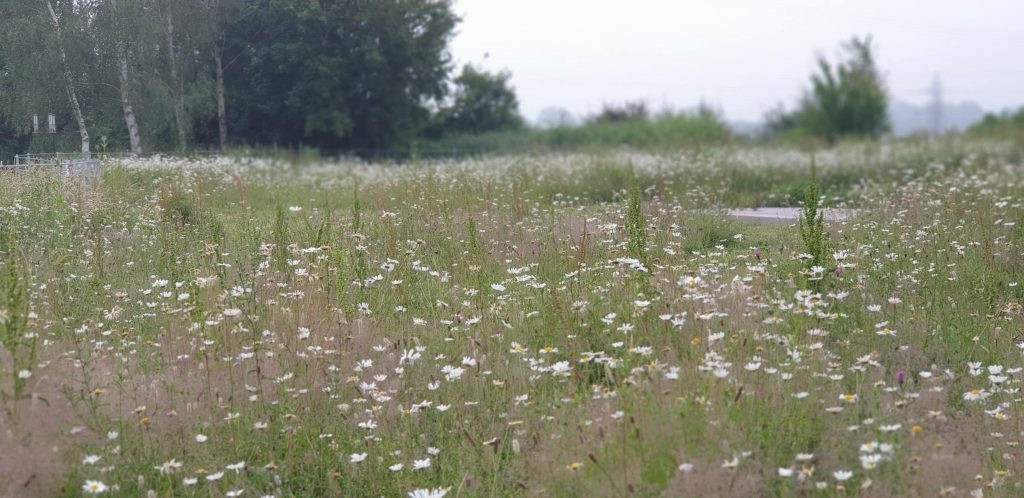
One big mistake for wildflowers meadows – dont leave grass clippings as mulch! You need to be taking nutrients away from your meadow and not physically smothering finer grasses and flowers with clump’s of cuttings. This will just encourage coarser tussocky grasses and robust herbs like nettle and dock. Above is a formal grove (once with pleached limes marking the enclosed shrubbery). The woodland margins have proved good edge habitat for orchids, butterflies and an impressive diversity of wildlife. Not leaving it uncut too late is an issue here as hogweed, nettle, willowherb and thistle can start out competing a more delicate mix of wildflowers. Butterflies seem to approve though.
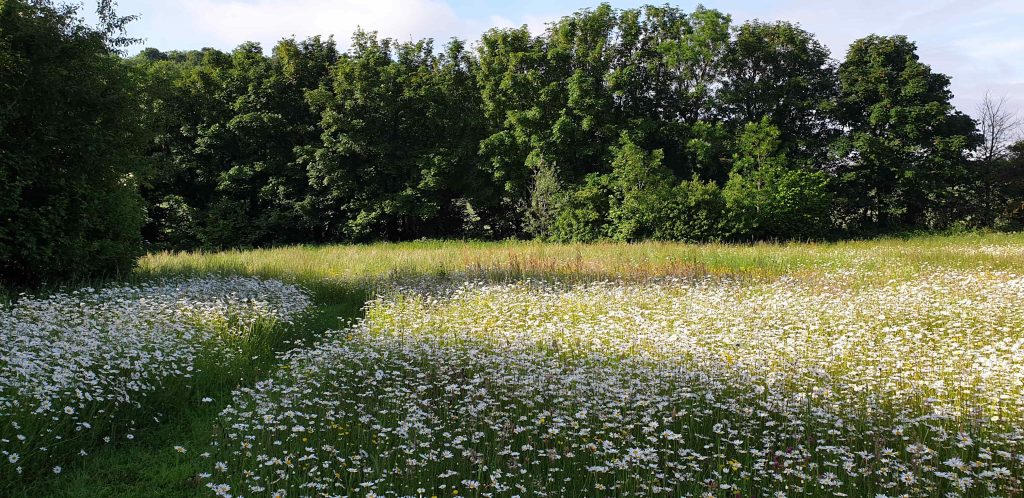
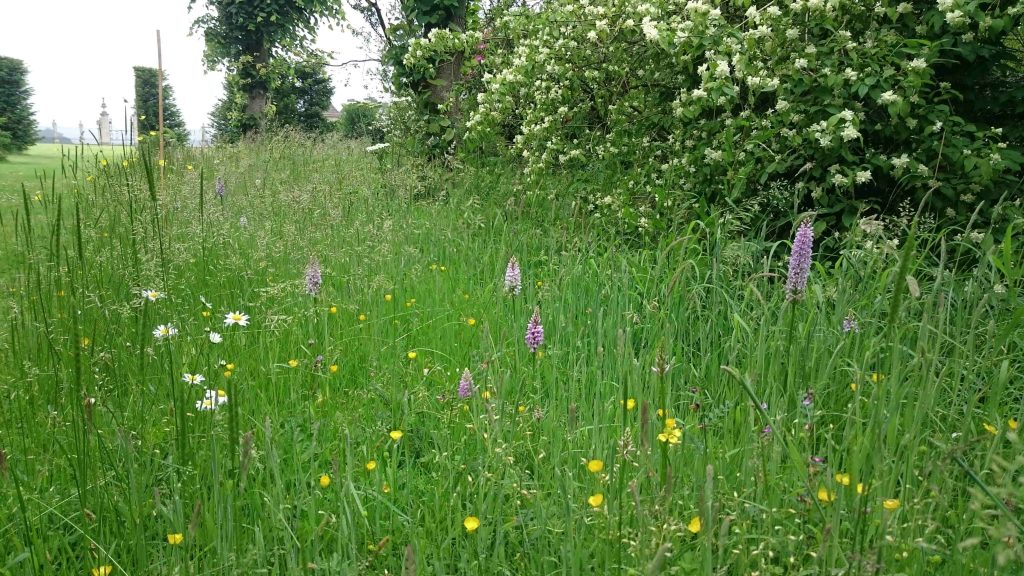
Annual mixes with 100% flowers will soon turn to grass dominated swards, especially on deeper more fertile soils. Maybe its the botanist in me but old meadow grasses of Doddering Dillies, Crested Dog’s-tail, Sweet Vernal-grass have as much charm as the common place wildflowers of Ox-eye Daisy, Bird’s-foot-trefoil, Knapweed and Cat’s-ear.
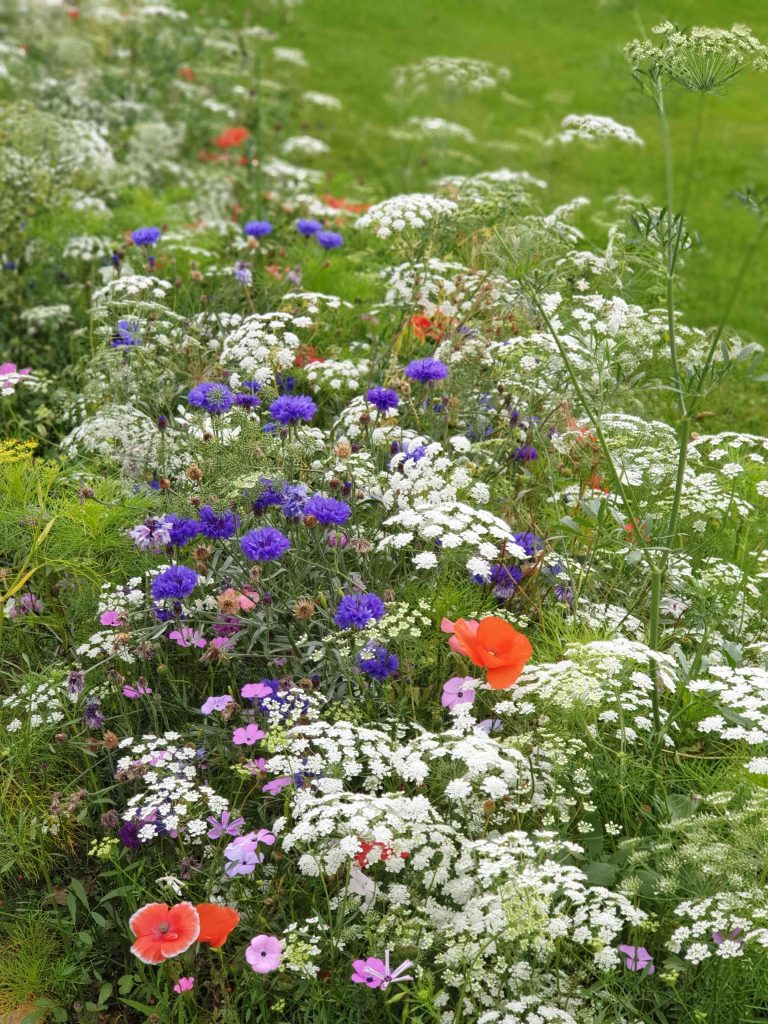
Seed mix of colourful annuals
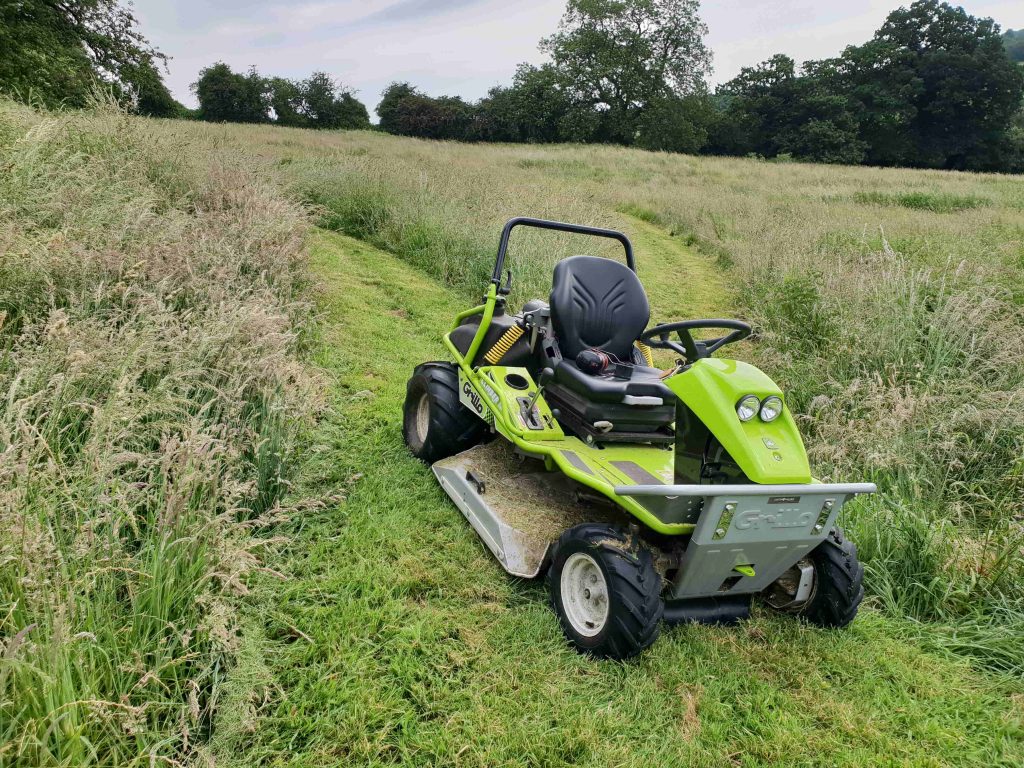
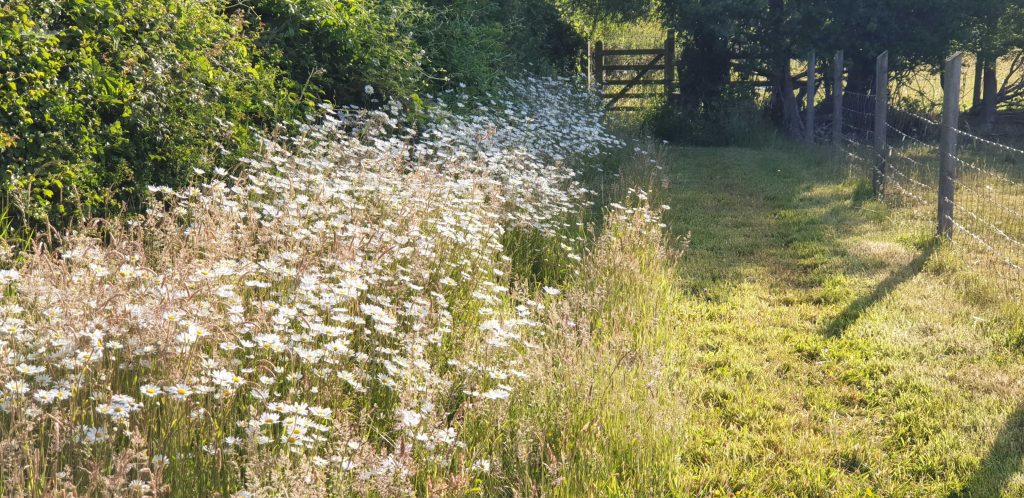
Ox-eye Daisy – originally a routinely cut area of lawn
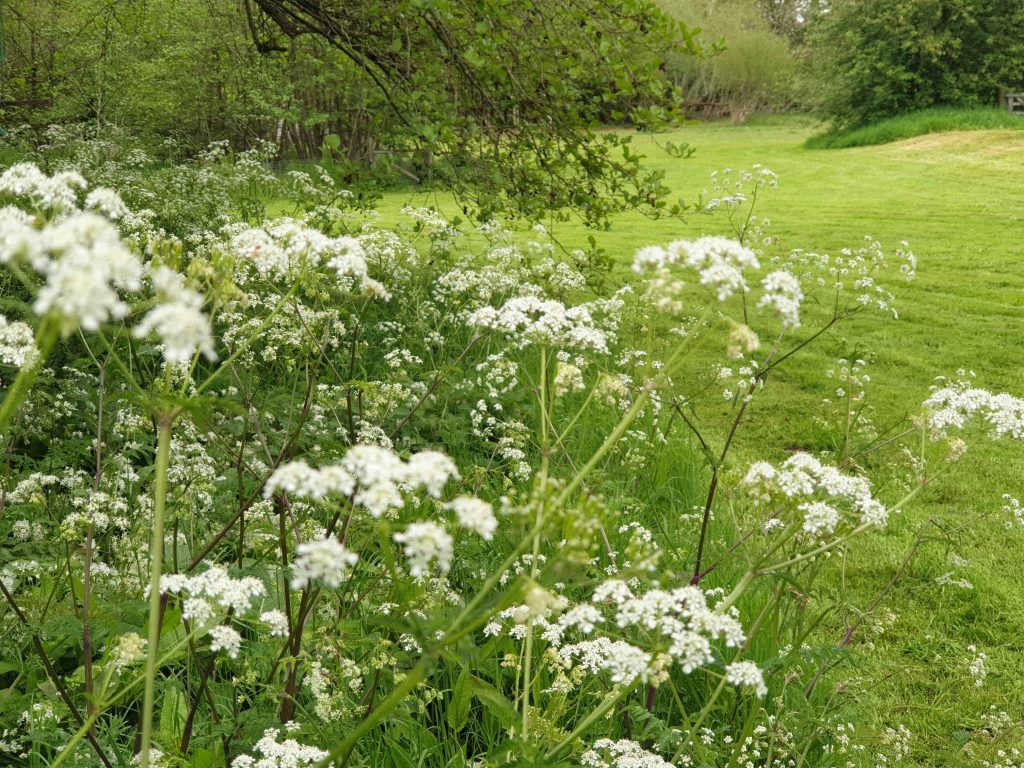
Woodland edge spring flora – Cow Parsley. A roadside verge can be a good place for a less formal lawn. Pictured below is a roadside verge by the Clevedon Road through Tickenham that we have been regularly cutting for a number years. No artificial fertilizers, collecting the grass clippings. The species diversity is increasing with a good hay meadow species mix of perennial wild flowers. Next year we are planning to let parts of the grassland flower before cutting.
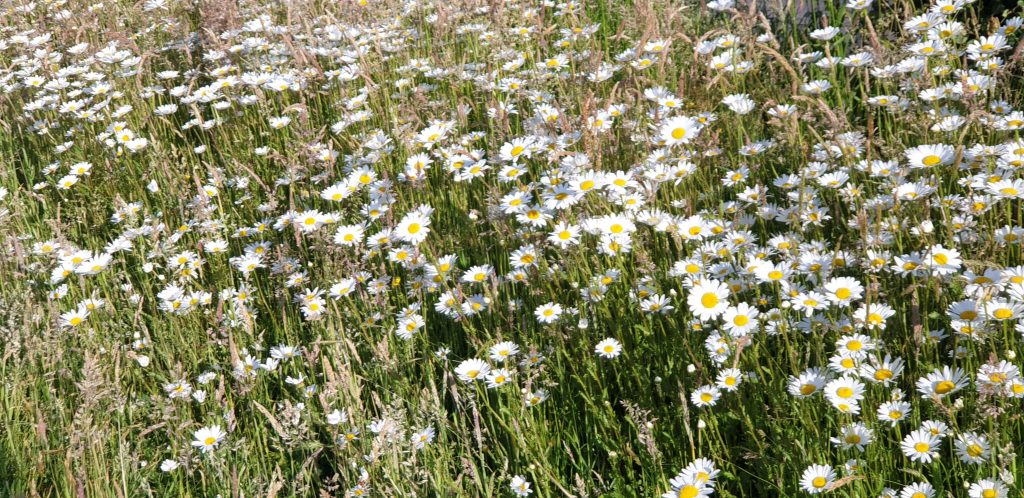
Below is the open grove around the approach drive to Barrow Court just six miles south of Bristol. Common Spotted Orchid, Pyramidal Orchids, Common Twayblade’s are part of the wildflower species mix that benefits from our cutting regime.
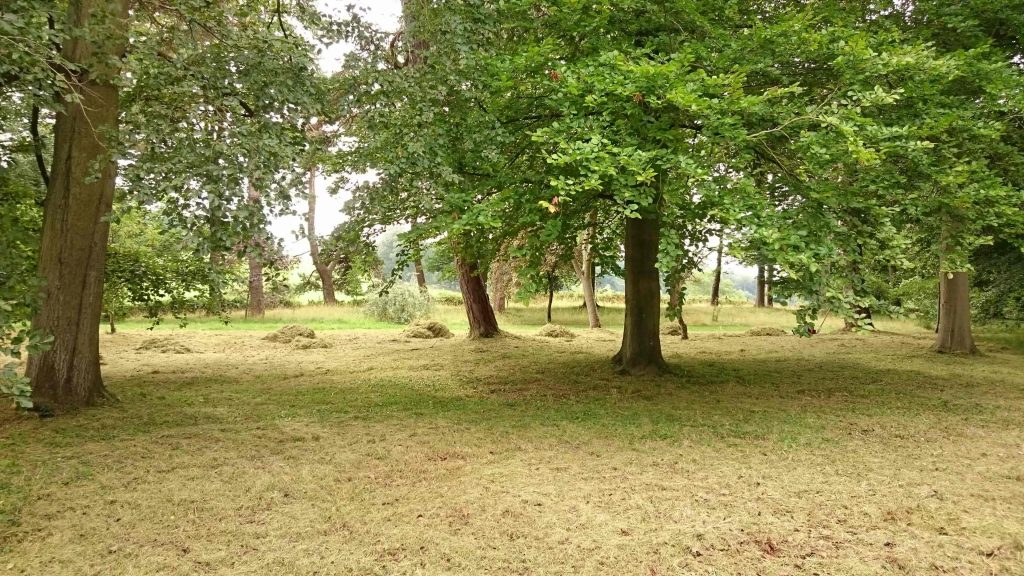
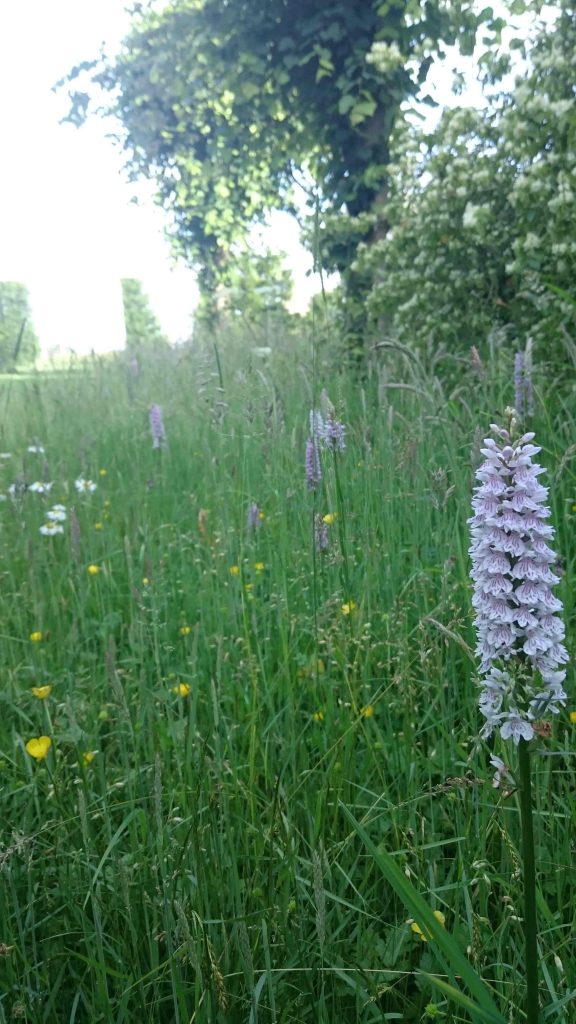
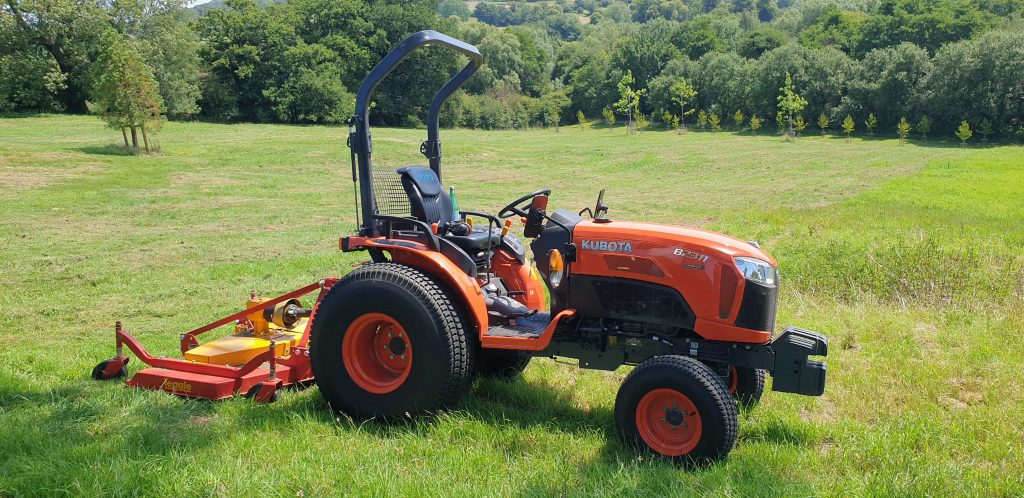
The key to wildflower meadows is nutrients. The Bristol region commonly has fertile clay loams favouring taller more robust grasses and herbs. Its not until you get into the thin soils of the Mendips and the Cotswolds that diverse calciolous grasslands become more common and are more easily achievable.
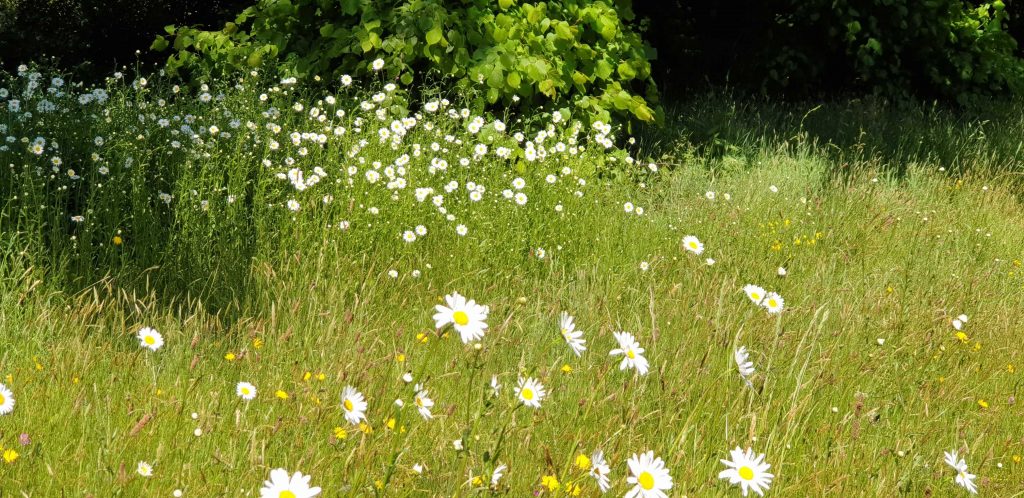
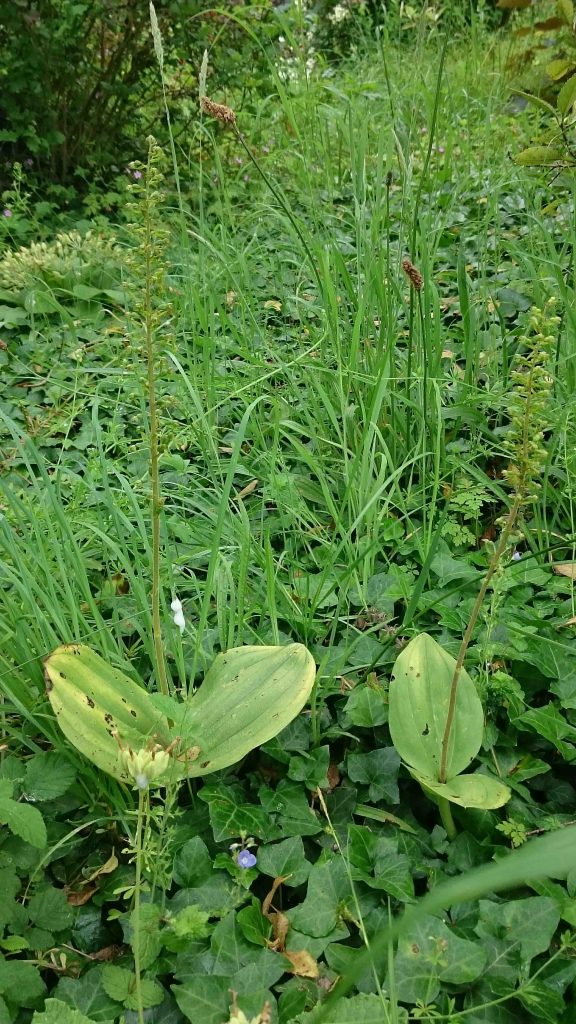
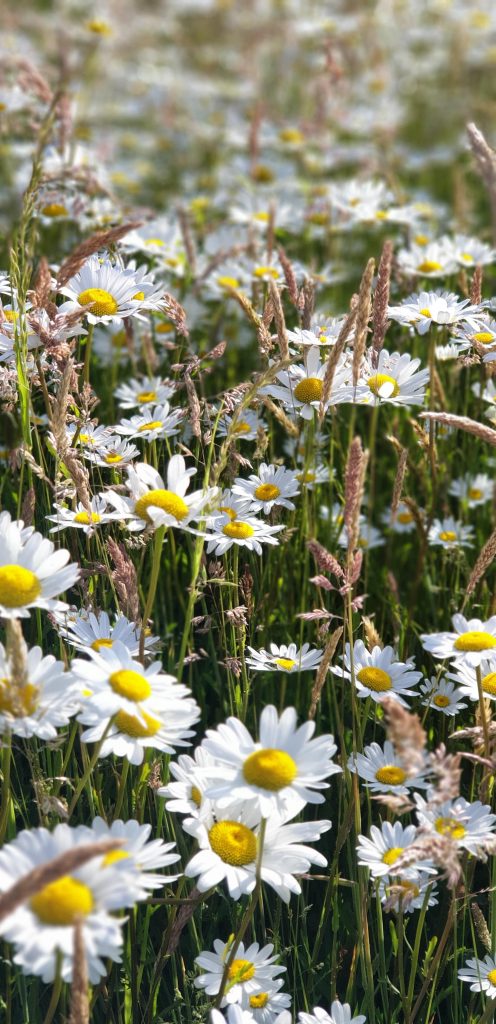
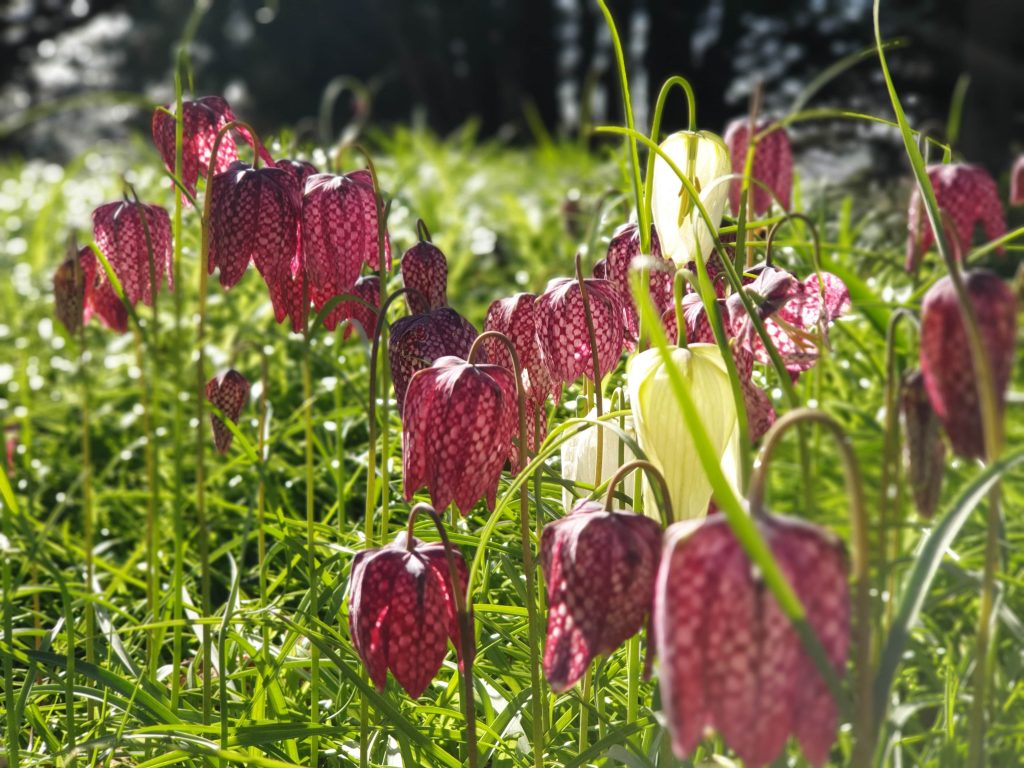
Snake’s-head Fritillary from damp grassland near Bitton, S. Glos
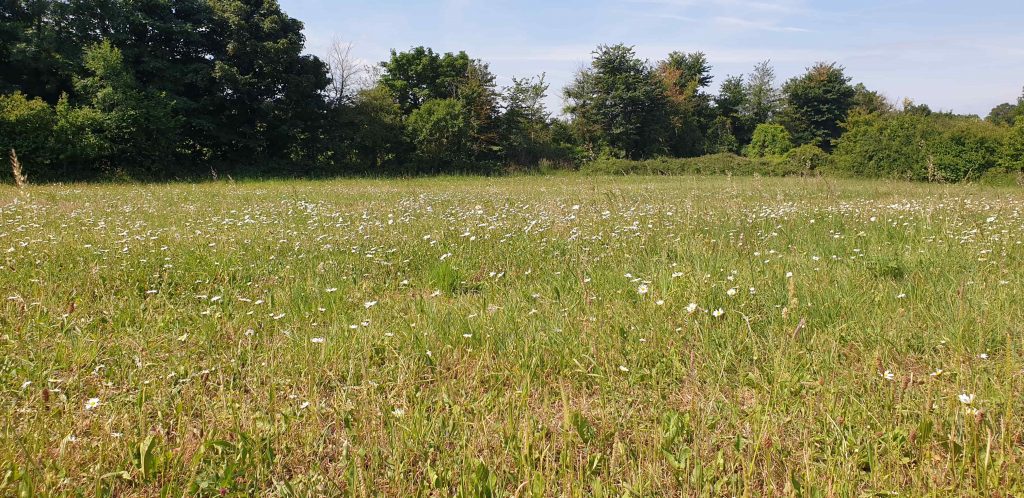
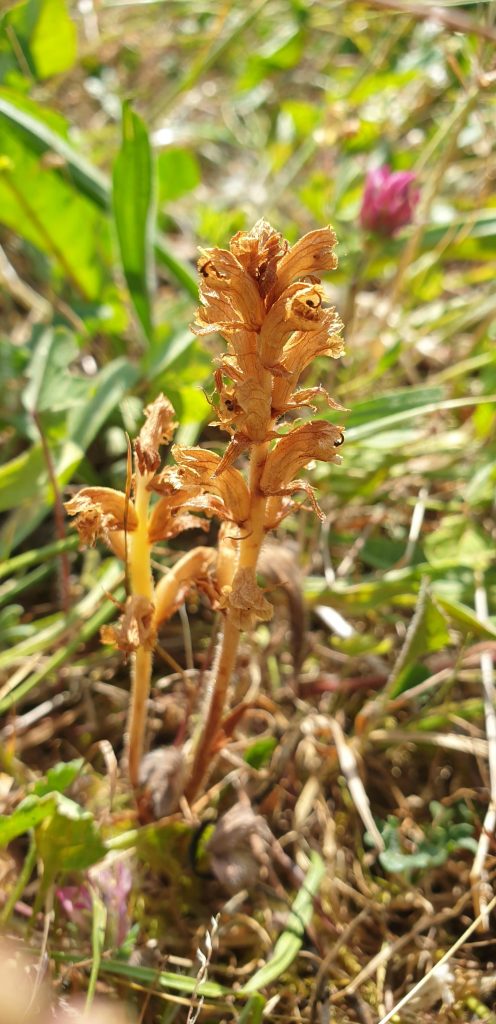
Common Broomrape (Orobanche minor)
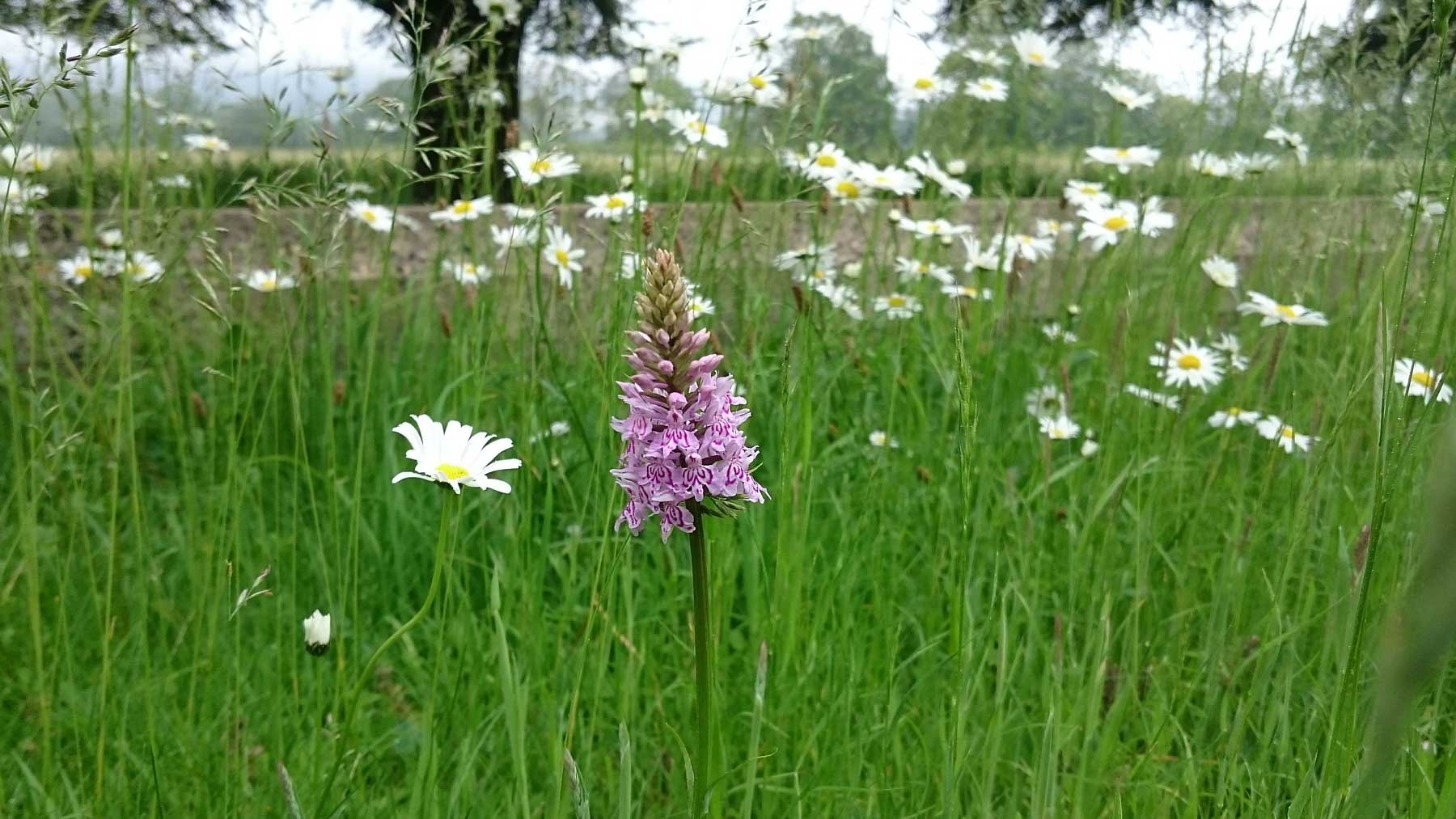
Leave a Reply